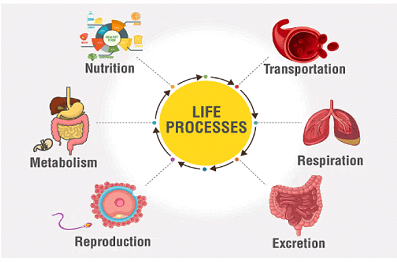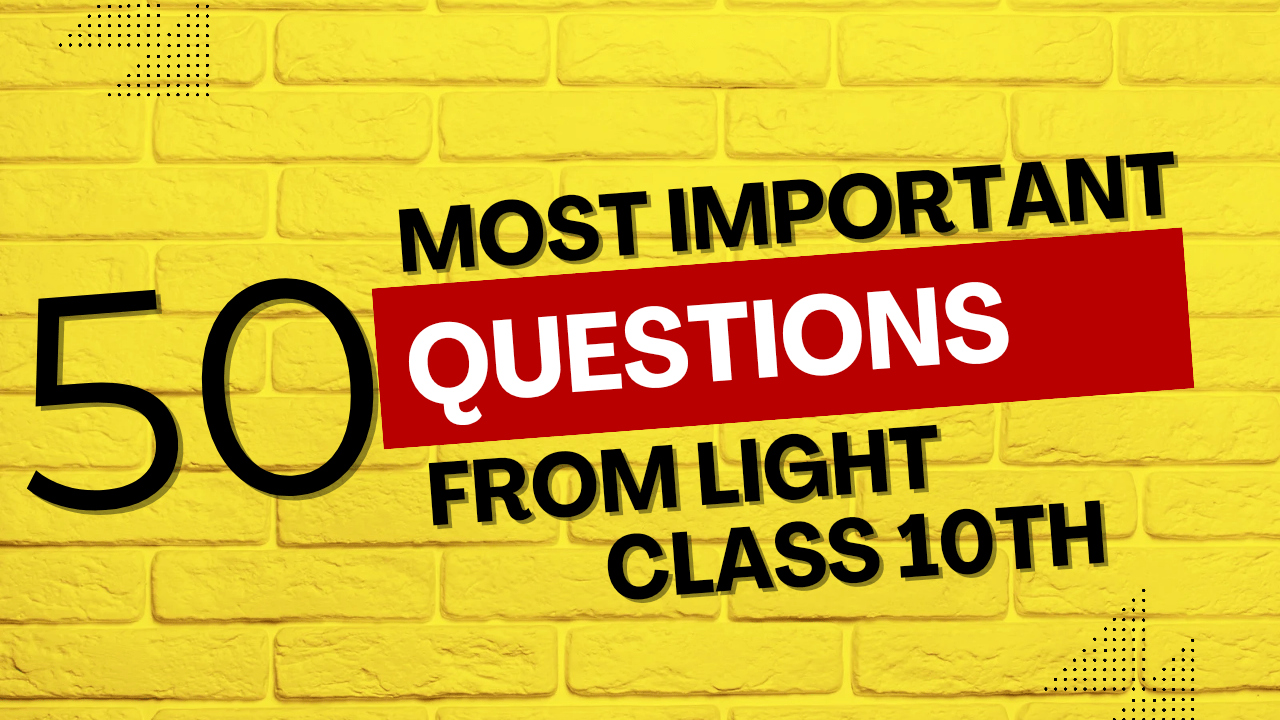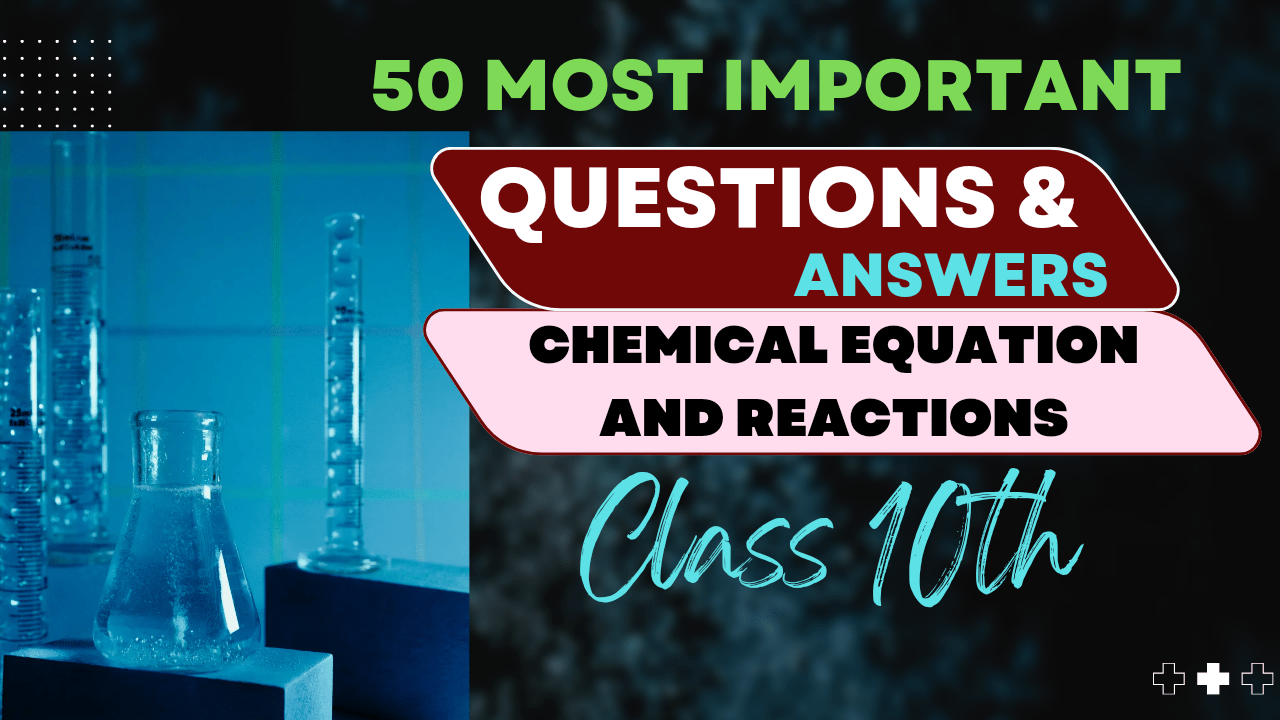What is combination reaction
Understanding the Combination reactions with Examples
What are Combination Reactions?
Combination reactions, also known as synthesis reactions, are chemical reactions in which two or more reactants combine to form a single product. These reactions are fundamental in chemistry and occur frequently in both natural processes and industrial applications.
The general form of a combination reaction can be represented as:
Where A and B are the reactants that combine to form the product AB.
Key Characteristics:
- Multiple reactants combine to form a single product
- Often exothermic (release energy)
- Many combination reactions involve elements combining with oxygen (oxidation)
- Can occur between elements, compounds, or both
Types of Combination Reactions
1. Element + Element → Compound
This is the simplest type of combination reaction where two elements combine to form a compound.
Example 1: Formation of Hydrogen Chloride
Hydrogen gas combines with chlorine gas to form hydrogen chloride gas.
Example 2: Formation of Iron Sulfide
Iron metal combines with sulfur to form iron sulfide.
2. Element + Compound → Compound
In these reactions, an element combines with a compound to form a new compound.
Example: Burning of Carbon Monoxide
Carbon monoxide combines with oxygen to form carbon dioxide.
3. Compound + Compound → Compound
In these reactions, two compounds combine to form a new compound.
Example: Formation of Calcium Carbonate
Calcium oxide (quicklime) combines with carbon dioxide to form calcium carbonate (limestone).
Common Combination Reactions in Detail
Metal + Oxygen → Metal Oxide
Metals readily combine with oxygen, especially at elevated temperatures, to form metal oxides. This is a common type of combination reaction.
Example 1: Formation of Magnesium Oxide
When magnesium ribbon burns in air, it combines with oxygen to form magnesium oxide. This reaction is accompanied by a brilliant white flame, making it a popular demonstration in chemistry classes.
Observation: Bright white light, formation of white powder (MgO)
Example 2: Formation of Copper(II) Oxide
When copper is heated strongly in air, it combines with oxygen to form black copper(II) oxide.
Observation: Copper metal changes from reddish-brown to black
Non-metal + Oxygen → Non-metal Oxide
Non-metals also combine with oxygen to form non-metal oxides, which often have acidic properties when dissolved in water.
Example 1: Formation of Carbon Dioxide
Carbon burns in oxygen to form carbon dioxide. This reaction occurs during the combustion of fossil fuels.
Example 2: Formation of Sulfur Dioxide
Sulfur burns in oxygen to form sulfur dioxide, a colorless gas with a pungent smell.
Observation: Blue flame, formation of colorless gas with choking odor
Metal + Sulfur → Metal Sulfide
Example: Formation of Zinc Sulfide
Zinc powder combines with sulfur powder upon heating to form zinc sulfide.
Metal + Halogen → Metal Halide
Example 1: Formation of Sodium Chloride
Sodium metal reacts vigorously with chlorine gas to form sodium chloride (table salt).
Observation: Bright yellow flame, formation of white solid
Example 2: Formation of Aluminum Bromide
Aluminum combines with bromine to form aluminum bromide.
Real-World Applications
Industrial Processes
- Production of ammonia via the Haber process: N₂ + 3H₂ → 2NH₃
- Production of sulfuric acid (first step): S + O₂ → SO₂
- Production of quicklime: CaCO₃ → CaO + CO₂
- Manufacturing of metal alloys
Everyday Life
- Rusting of iron: 4Fe + 3O₂ → 2Fe₂O₃
- Combustion of natural gas: CH₄ + 2O₂ → CO₂ + 2H₂O
- Hardening of cement: cement components + H₂O → hydrated compounds
- Formation of limestone in caves: Ca(OH)₂ + CO₂ → CaCO₃ + H₂O
Energy Changes in Combination Reactions
Most combination reactions are exothermic, meaning they release energy in the form of heat and/or light. This is because forming chemical bonds generally releases energy.
Exothermic Example: Burning of Magnesium
The burning of magnesium in oxygen releases a significant amount of energy, visible as intense light and heat.
However, some combination reactions can be endothermic, requiring energy input to proceed.
Endothermic Example: Formation of Nitrogen Oxide
The direct combination of nitrogen and oxygen to form nitrogen oxide requires energy input, typically from high temperatures or electrical discharge.
Identifying Combination Reactions
To identify a combination reaction, look for these key features:
- Multiple reactants (usually two or more separate substances)
- A single product formed
- The pattern: A + B → AB
Exam Tips:
- Pay attention to the number of reactants and products to quickly identify combination reactions.
- Remember common patterns: metal + oxygen → metal oxide, non-metal + oxygen → non-metal oxide.
- Be able to write balanced equations for combination reactions, particularly those involving oxygen.
- Understand that combination reactions are typically exothermic, but some exceptions exist.
- Practice identifying combination reactions from a list of various reaction types.
Practice Problems
Problem 1
Write the balanced chemical equation for the combination reaction between calcium metal and oxygen gas.
Solution:
2Ca + O₂ → 2CaO
Calcium metal reacts with oxygen gas to form calcium oxide.
Problem 2
Identify whether the following reaction is a combination reaction, and write the balanced equation:
Aluminum metal reacts with bromine liquid.
Solution:
Yes, this is a combination reaction. The balanced equation is:
2Al + 3Br₂ → 2AlBr₃
Problem 3
When sulfur dioxide gas is exposed to oxygen in the presence of a catalyst, sulfur trioxide is formed. Write the balanced equation for this combination reaction.
Solution:
2SO₂ + O₂ → 2SO₃
This is an important industrial reaction in the production of sulfuric acid.
Summary of Key Points
- Combination reactions follow the pattern: A + B → AB
- Two or more reactants combine to form a single product
- Most combination reactions are exothermic
- Common types include:
- Metal + Oxygen → Metal Oxide
- Non-metal + Oxygen → Non-metal Oxide
- Metal + Halogen → Metal Halide
- Metal + Sulfur → Metal Sulfide
- Combination reactions occur in many industrial processes and natural phenomena
- To identify combination reactions, look for multiple reactants forming a single product



